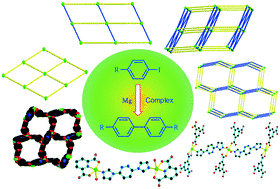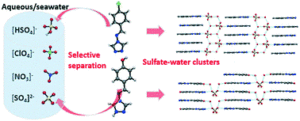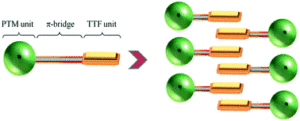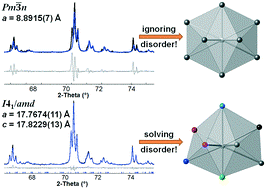CrystEngComm is the journal for innovative research covering all aspects of crystal engineering – the design of crystals, crystal growth, and the synthesis and evaluation of solid-state materials with desired properties. Here is a selection of our most cited articles of 2017:
Most Cited Research:
This original research is off to a great start, as some of our most cited work these papers and communications are already receiving recognition from the crystal engineering community.
Sheng-Bin Zhou, Xin-Fang Wang, Ceng-Ceng Du, Duo-Zhi Wang and Dianzeng Jia
Selective separation of aqueous sulphate anions via crystallization of sulphate–water clusters
Yang-Hui Luo, Jing-Wen Wang, Yao-Jia Li, Chen Chen, Pei-Jing An, Sen-Lin Wang, Chao-Qun You and Bai-Wang Sun
Halogen bonding modulates hydrogel formation from Fmoc amino acids
Pizzi, L. Lascialfari, N. Demitri, A. Bertolani, D. Maiolo, E. Carretti and P. Metrangolo
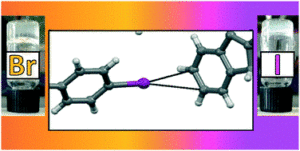 |
CrystEngComm, 2017,19, 1870-1874
DOI: 10.1039/C7CE00031F Iodine⋯pi halogen bonding is crucial to the self-assembly of brominated and iodinated Fmoc-phenylalanines. |
Most Cited Reviews:
These Highlight articles are among our most cited of 2017, reviewing the advances and trends that are making waves in the crystal growth and supramolecular chemistry community.:
Overview of the strategic approaches for the solid-state recognition of hydrated anions
Md. Najbul Hoque and Gopal Das
| CrystEngComm, 2017,19, 1343-1360
DOI: 10.1039/C6CE02438F This review highlights the solid state recognition of hydrated anions an expanding area in the domain of supramolecular chemistry. |
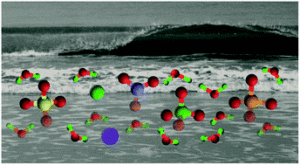 |
Manuel Souto, Concepció Rovira, Imma Ratera and Jaume Veciana
The proof is in the powder: revealing structural peculiarities in the Yb3Rh4Sn13 structure type
Iain W. H. Oswald, Binod K. Rai, Gregory T. McCandless, Emilia Morosana and Julia Y. Chan
Submit your research or reviews on crystal engineering, crystal growth, and supramolecular chemistry to CrystEngComm – see our author guidelines for information on our article types or find out more about the advantages of publishing in a Royal Society of Chemistry journal.


